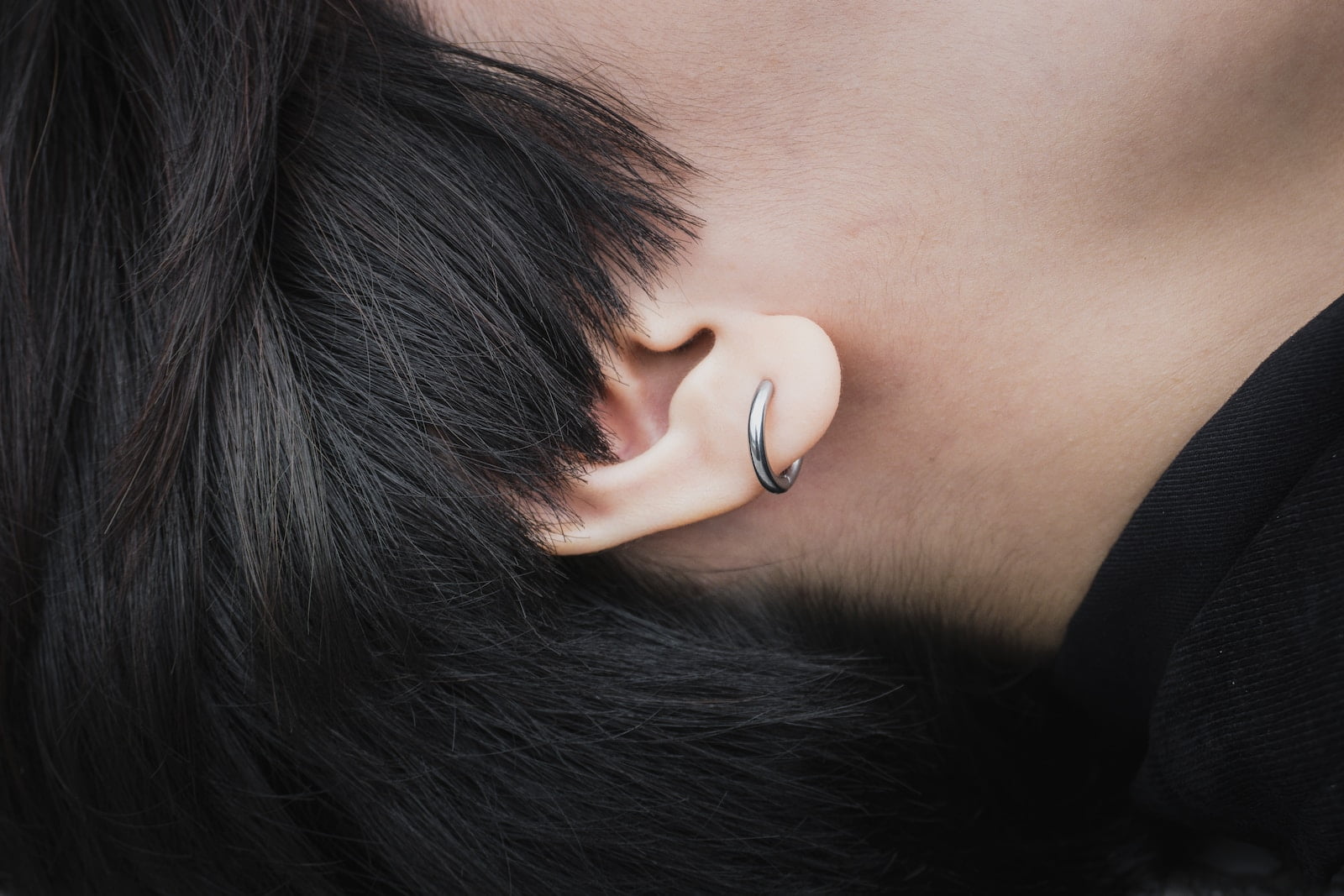
Ear wax, also known as cerumen, is a natural substance produced by glands in the ear canal. Its purpose is to protect the ear by trapping dust, dirt, and other particles, preventing them from reaching the more delicate parts of the ear. However, when ear wax accumulates and becomes impacted, it can lead to discomfort, hearing loss, and other complications. Manual instrument ear wax removal is a common procedure performed by healthcare professionals to safely remove excess wax and alleviate symptoms.
After undergoing manual instrument ear wax removal, it is important to understand the long-term care journey to maintain optimal ear health and prevent future wax build-up. In this article, we will discuss the steps and precautions to follow after the procedure, as well as tips for overall ear care.
Following manual instrument ear wax removal, the ear canal may feel sensitive and vulnerable. It is crucial to take some immediate aftercare steps to prevent any complications or discomfort. Here are some important guidelines to follow:
Long-term care after manual instrument ear wax removal involves adopting healthy habits and regular maintenance to prevent wax build-up and maintain optimal ear health. Here are some essential tips to incorporate into your routine:
While it is important to avoid inserting anything into your ears, regular ear cleaning is still necessary. Apart from wiping the outer ear with a damp cloth, you can also consider using specialised ear cleaning solutions recommended by healthcare professionals. These solutions help to soften and break down any residual wax, making it easier to remove naturally. It is important to follow the instructions provided with the product or consult a healthcare professional for guidance on the appropriate method and frequency of use.
To prevent the accumulation of hardened ear wax, you can consider using ear wax softeners. These over-the-counter products contain ingredients that help to loosen and break down wax, making it easier to remove naturally. It is important to follow the instructions provided with the product or consult a healthcare professional for guidance on the appropriate use and frequency.
If you experience persistent ear wax impaction or other ear-related problems, it is important to seek professional help. An ear, nose, and throat (ENT) specialist or a healthcare professional trained in ear care can safely remove stubborn wax and provide further guidance on long-term care. They have the expertise and specialised tools to ensure effective and safe removal of impacted wax. If you encounter any difficulties or have concerns about your ear health, do not hesitate to schedule an appointment with a healthcare professional.
Regular hearing checks are crucial for detecting any changes in your hearing abilities. It is recommended to schedule periodic appointments with an audiologist or healthcare professional to monitor your hearing health and address any concerns or issues promptly. These professionals can conduct various tests to assess your hearing abilities and provide appropriate recommendations or interventions if necessary. Early detection of hearing problems can lead to timely interventions and better management of any potential issues.
Maintaining a healthy lifestyle can contribute to overall ear health. Here are some lifestyle factors to consider:
Taking precautions to protect your ears in certain environments can help prevent damage. Consider the following:
The long-term care journey after manual instrument ear wax removal involves a combination of immediate aftercare and adopting healthy habits for optimal ear health. By following proper ear cleaning practices, using ear wax softeners, seeking professional help when necessary, scheduling regular hearing checks, making healthy lifestyle choices, and taking protective measures, you can maintain clean and healthy ears, reducing the risk of future wax accumulation and related complications. Remember to consult with a healthcare professional for personalised guidance and recommendations based on your specific needs. With proper care and attention, you can ensure the long-term health and well-being of your ears.
On many occasions after providing a full hearing assessment I get asked the question “can…
Microsuction is a safe and effective method for removing earwax and debris from the ear…
Ear wax, also known as cerumen, is a substance that is naturally produced by our…
Ear wax, or cerumen, is a natural substance produced by the ear canal to protect…
Cleaning our ears is an important part of our personal hygiene routine. It not only…
Earwax, also known as cerumen, is a natural substance produced by the ear canal to…
This website uses cookies.